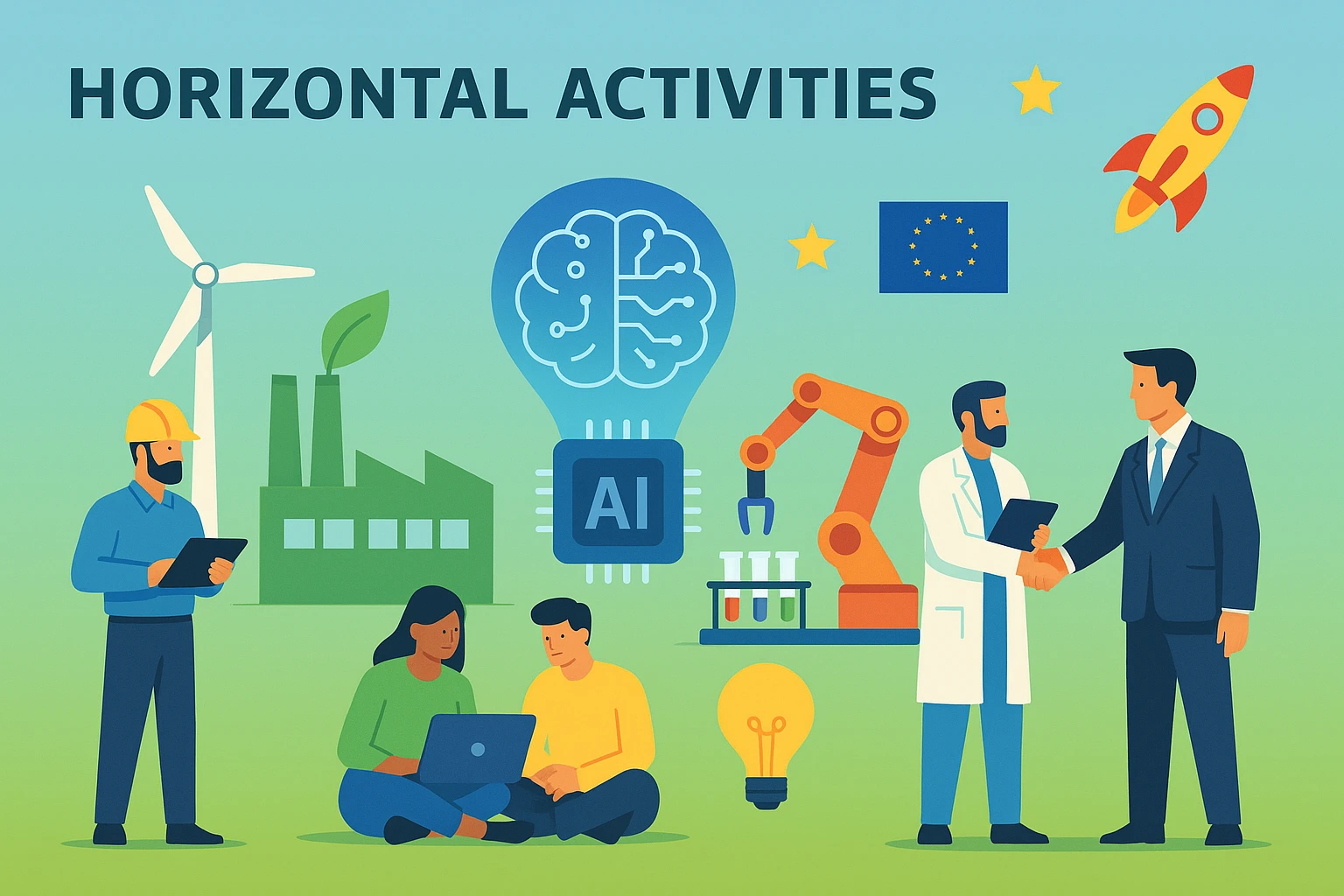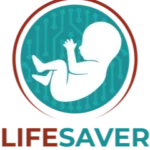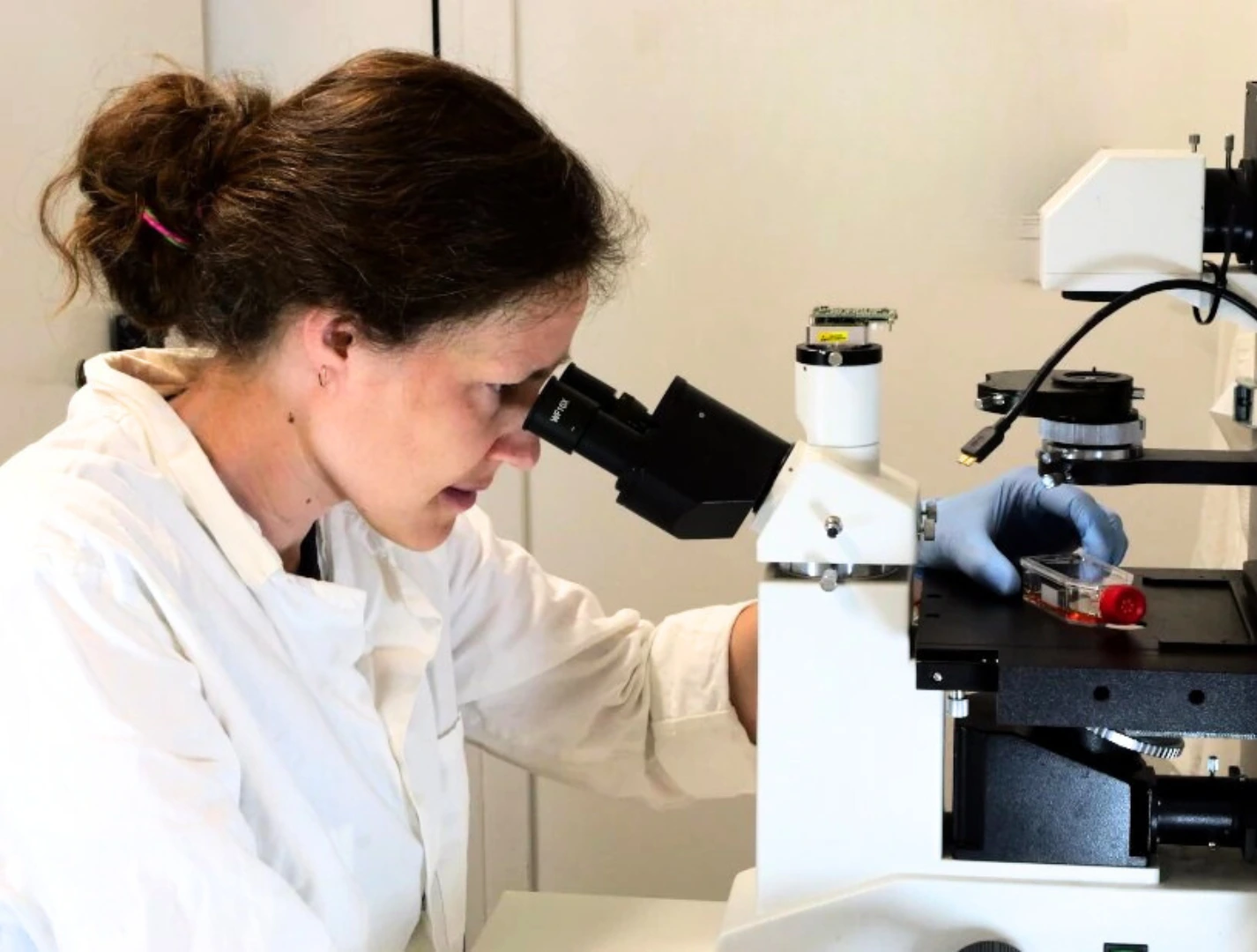Horizon Europe Horizontal activities
Work Programme 2026-2027
Writer
Celeste Chidiac, PhD
Keywords
Microfluidic Devices, Intelligent Microfluidics, Artificial Intelligence, Machine Learning
Opening
Dec 2025, Jan/May/Sep 2026, Jan 2027
Deadline
Ap/Sep/Nov 2026, Feb/Sep 2027
Keywords
Intelligent Microfluidics
Deep Learning
Microfluidic Devices
Artificial Intelligence
Machine Learning
Automated Scientific Discovery
Clean Industrial Deal
AI in Science
Your microfluidic SME partner for Horizon Europe!
We take care of microfluidic engineering, work on valorization and optimize the proposal with you
Horizon Europe Horizontal activities 2026-2027
Calls ordered by microfluidic relevance
We have sorted the calls for projects from Horizontal activities 2026-2027 based on the impact microfluidics can have on these calls and related topics. We are sharing our analysis in case it can help you with project funding efforts. And, of course, if our expertise can be of use to you, we would be delighted to discuss it further.

How to read the stars in terms of % of microfluidic technologies’ relevance for the call:
By microfluidic relevance, we mean the relevance of using microfluidic technologies for the topic cited. But also, to a lesser extent, what a microfluidic laboratory or SME could contribute to the topic (mainly for calls with low relevance to microfluidic technologies).
Relevance (%) | 90-100 | 80-89 | 70-79 | 60-69 | 50-59 | 40-49 | 30-39 | 20-29 | 10-19 | 0-9 |
Relevance (*) | ***** | **** | *** | ** | * | – | – – | – – – | – – – – | – – – – – |
The work programme draft can be found in the following link: Horizontal Activities
(Details for all topics are provided below, ordered by decreasing microfluidic relevance)
Discover more!
Horizon Europe Horizontal activities 2026-2027 Calls ordered by microfluidic relevance
Download Horizontal activities 2026-2027 Call Calendar
***** HORIZON-RAISE-2027-01-01 – AUTOMATED SCIENTIFIC DISCOVERY (RAISE PILOT)
- Type of action: RIA
- Opening 22 Sep 2026, Deadline 02 Feb 2027
- Budget (topic, M€): 30.00 M€, Expected/project: Around 10.00, # projects: 3
Scientific focus
- Build closed‑loop experimentation that couples AI decision‑making with lab automation and robust data infrastructure.
- Retrofitting is a key idea: add the “intelligence layer” to existing labs; ensure human oversight, safety, and ethics by design.
- Deliver prototype demonstrators; raise efficiency, reproducibility, and throughput in discovery cycles.
- Prioritize software and orchestration, but allow justified equipment; promote networked labs and real-time analytics.
- Initial focus proposed in materials science, with openness to extend to other disciplines in collaboration with clusters.
Why a microfluidic partner adds value
- Microfluidic automated reactors, droplet screens, micro-chemostats, and organ‑on‑chip systems naturally enable closed‑loop AI control (fast cycles, small volumes, precise perturbations).
- Mature instrument control, valve/pump sequencing, and inline micro‑sensing allow AI agents to plan, execute, and analyze without manual intervention.
- Chip‑integrated multi‑omics sampling, optical/electrochemical readouts, and on-chip quality controls reduce data noise – critical for reinforcement‑learning or Bayesian optimization loops.
- Experience with modular lab hardware, SLAS/SiLA/LabOP‑style interfaces, and data standards helps interoperability across labs.
- Microreactor arrays accelerate the screening of materials, catalysts, electrolytes, and CCU reactions, directly aligned with the call’s demonstrator ambitions.
- Strong fit for both microfluidics SMEs (hardware, control software, data pipelines) and academic labs (method development, validation).
***** HORIZON-RAISE-2027-01-02 – AUTOMATED SCIENTIFIC DISCOVERY – FOOD (RAISE PILOT)
- Type of action: RIA
- Opening 22 Sep 2026, Deadline 02 Feb 2027
- Budget (topic, M€): 3.00 M€, # projects: 1
Scientific focus
- Same automation‑plus‑AI core as above, targeted to biomass and precision fermentation and food R&D.
- Envisages closed‑loop control to optimize alternative proteins/fats, bio‑based materials, specialty carbohydrates, microbial cultures, and ingredients.
- Emphasis on data governance, resource optimization (energy/reagents), and robust, secure systems.
Why a microfluidic partner adds value
- Fermentation‑on‑chip (droplet and continuous) enables rapid strain/condition optimization with minimal media.
- Microfluidic emulsification/encapsulation controls texture, release, and stability of food ingredients; micro‑rheology readouts feed AI.
- Inline metabolite sensing, micro‑calorimetry and optical growth/viability assays close the loop for autonomous optimization.
- Academic labs bring high‑throughput micro‑bioprocess methods; SMEs supply scalable chip platforms and instrument integrations.
**** HORIZON-RAISE-2026-01-01 – THEMATIC NETWORKS OF EXCELLENCE FOR AI IN SCIENCE (RAISE PILOT)
- Type of action: RIA
- Opening 06 Jan 2026, Deadline 21 Apr 2026
- Budget (topic, M€): 15.00 M€, # projects: 1
Scientific focus
- Create a pan-EU network of excellent labs applying AI to strategic scientific domains (a materials science network is proposed).
- Co-create a strategic research agenda, run collaborative projects with explicit milestones, and ramp up community datasets, models, standards, and benchmarks.
- Extensive talent & mobility schemes; membership broadened after year 1 via open excellence-based selection.
Why a microfluidic partner adds value
- Microfluidic labs produce rich, structured experimental data ideal for AI; SMEs can spearhead benchmark datasets for automated chemistry/biology.
- Contributions to instrument APIs, data standards, and FAIR pipelines accelerate reproducibility across sites.
- Demonstrators: autonomous micro‑synthesis, chip-based screening for catalysts/electrolytes, and organ-on-chip readouts linked to AI model development.
**** HORIZON-RAISE-2026-01-02 – THEMATIC NETWORKS OF EXCELLENCE FOR AI IN SCIENCE – AGRICULTURE AND ENVIRONMENT (RAISE PILOT)
- Type of action: RIA
- Opening 06 Jan 2026, Deadline 21 Apr 2026
- Budget (topic, M€): 13.00 M€, # projects: 1
Scientific focus
- Establish a network focused on agricultural sciences and environmental pollution, sharing data, infrastructure, and AI models; build common standards and benchmarks.
- Run coordinated research addressing grand challenges defined in a shared agenda; strong links to foundation‑model efforts in the clusters.
Why a microfluidic partner adds value
- Lab‑on‑chip environmental analytics (nutrients, micro‑pollutants, AMR markers) feed high‑quality training data; portable microfluidic samplers bridge field and lab.
- Soil/plant‑on‑chip and aquatic micro‑ecosystem chips let AI test stressor/response hypotheses under controlled gradients.
- Microfluidics entities can lead to protocol harmonization and sensor/assay intercomparisons, central to the network’s standards mission.
*** HORIZON-RAISE-2026-01-03 – RAISE DOCTORAL NETWORKS FOR AI IN SCIENCE (RAISE PILOT)
- Type of action: TMA Doctoral Networks (including Industrial Doctorates and Joint Doctorates)
- Opening 28 May 2026, Deadline 24 Nov 2026
- Budget (topic, M€): 30.00 M€
Scientific focus
- MSCA‑model training networks where doctoral candidates develop AI systems/models/tools integral to domain science; all fellows receive doctoral-level training in AI‑for‑science.
- Proposals are submitted under MSCA Doctoral Networks 2026 and, if aligned, flagged for RAISE; selected networks become part of the RAISE community.
Why a microfluidic partner adds value
- Microfluidics SMEs can host industrial doctorates on lab automation, chip‑AI integration, and scientific data engineering; academic labs co-supervise fellows.
- Joint work packages can target autonomous micro‑experimentation, standardized chip data schemas, and safe AI control of fluidic instruments.
** HORIZON-CID-2026-01-02 – R&I IN SUPPORT OF THE CLEAN INDUSTRIAL DEAL: CLEAN TECHNOLOGIES FOR CLIMATE ACTION
- Type of action: IA
- Opening 18 Dec 2025, Deadline 15 Sep 2026
- Budget (topic, M€): 150.00 M€, Expected/project: 15.00 to 25.00, # projects: 8
Scientific focus
- Mature, market-ready clean‑tech demonstrations towards TRL 8, strengthening EU value chains.
- Three areas (projects may integrate several):
- Integrated net‑zero energy systems (grids, networks).
- Zero‑emission power technologies (renewable electricity/heat).
- Storage, renewable fuels & CCU (batteries, H₂, advanced biofuels, synthetic fuels).
- Strong industry‑driven consortia, clear business plans, and go/no‑go gates before demonstration.
Why a microfluidic partner adds value
- Micro‑reactors and flow chemistry accelerate catalyst/electrolyte discovery, and de-risk scale-up for batteries, power‑to‑X, and CCU pathways.
- Inline micro‑sensors for gas/electrolyte speciation, fouling, and impurity tracking support plant-level control and LCOE reduction.
- Process‑intensified micro‑heat‑exchangers and distributed micro‑electrolyser testbeds help validate components before scale‑out in NZIA‑relevant value chains.
** HORIZON-CID-2027-01-02 – R&I IN SUPPORT OF THE CLEAN INDUSTRIAL DEAL: CLEAN TECHNOLOGIES FOR CLIMATE ACTION
- Type of action: IA
- Opening 12 Jan 2027, Deadline 15 Sep 2027
- Budget (topic, M€): 140.00 M€, Expected/project: 15.00 to 25.00, # projects: 8
Scientific focus
- Same overarching aim and structure as the 2026 edition, with emphasis on electrification across end‑use sectors and scale‑up across EU energy/transport networks (e.g., hydrogen, CO₂, batteries, refuelling).
- Requires quantifiable competitiveness & GHG impacts, robust business plans, and a credible deployment pathway.
Why a microfluidic partner adds value
- Provide rapid component validation (e.g., membrane/electrolyte screening) and AI‑assisted micro‑testing to inform plant designs.
- Contribute circularity via chip‑based recycling/solvent extraction screening and material fingerprinting analytics.
* HORIZON-CID-2026-01-01 – R&I IN SUPPORT OF THE CLEAN INDUSTRIAL DEAL: DECARBONISATION OF ENERGY INTENSIVE INDUSTRIES (PROCESSES4PLANET AND CLEAN STEEL PARTNERSHIPS)
- Type of action: IA
- Opening 18 Dec 2025, Deadline 15 Sep 2026
- Budget (topic, M€): 125.00 M€, Expected/project: 15.00 to 25.00, # projects: 8
Scientific focus
- Industry-led demonstrators advancing to TRL 8 in one or more of three areas:
- Carbon cycle management (CCU/CCUS) with ≥30 % capture‑energy reduction vs. SoA and credible commercialisation/LCA;
- Clean energy use in production (electrification, hydrogen, waste‑heat use, on-site storage) with major improvements by 2035;
- Circularity & resource efficiency with ≥30 % gains by 2035 and strong LCA.
- Mandatory business & market‑readiness strategy, go/no‑go gate before demonstration.
Why a microfluidic partner adds value
- Microfluidics can de‑risk CCU chemistries (gas-liquid mass transfer, catalytic microreactors) and enable high‑throughput sorbent/membrane testing.
- Harsh‑environment micro‑sensors (corrosion, species breakthrough, trace contaminants) provide real-time plant analytics.
- Fit is supportive/enabling rather than central, given heavy pilot‑scale focus.
* HORIZON-CID-2027-01-01 – R&I IN SUPPORT OF THE CLEAN INDUSTRIAL DEAL: DECARBONISATION OF ENERGY INTENSIVE INDUSTRIES (PROCESSES4PLANET AND CLEAN STEEL PARTNERSHIPS)
- Type of action: IA
- Opening 12 Jan 2027, Deadline 15 Sep 2027
- Budget (topic, M€): 125.00 M€, Expected/project: 15.00 to 25.00, # projects: 8
Scientific focus
- Same pillars as 2026 (CCU/CCUS, clean energy in production, circularity/resource efficiency), with first-of-a-kind operational demonstrators and market-tested use cases.
Why a microfluidic partner adds value
- Provide pilot‑enabling analytics (e.g., inline micro‑chromatography/ion‑selective micro‑sensing) and process‑screening platforms that shorten time‑to‑demo; role is complementary to core large‑plant integrators.
Find all these information in the pdf below
The MIC already brings its expertise in microfluidics to Horizon Europe:
H2020-NMBP-TR-IND-2020

Microfluidic platform to study the interaction of cancer cells with lymphatic tissue
H2020-LC-GD-2020-3

Toxicology assessment of pharmaceutical products on a placenta-on-chip model
FAQ - Horizontal activities 2026-2027 ordered by microfluidic relevance
What’s actually included in "Horizontal activities" for 2026-2027?
This part touches the Work Programme while supporting tools that help science and industry move forward. Alongside AI, automated discovery includes robotics and smart lab setups. Doctoral programs like MSCA fit into this space, as do top-tier research networks. Big demo projects get cash through the Clean Industrial Deal. Picture support beams across all of Horizon Europe, not just one area. That setup helps groups stay on track.
What picks seem like top chances for tiny-fluid squads?
RAISE’s test runs in automated science hit high priority, especially the main push for AI systems running lab work nonstop, picking what to try next, and doing it themselves, where gear talks to each other. Tiny reactors, drop-based tests, mini growth chambers, plus organ-on-chip, stand out under this setup. Another similar effort uses these smart loops in food research and biomanufacturing, think precision fermentation or new protein sources. A pair of RAISE items back top-tier groups using AI in various fields, from farming to ecosystems, and also support PhD circles blending AI into real-world sciences. The Clean Industrial Deal offers strong opportunities for flow chemistry, while also boosting micro-reactor testing. On top of that, real-time monitoring fits right in, and tighter heat and mass transfer get easier too. Seems like things finally line up.
Got any rough figures, like cash range, tasks involved, or tech stage?
Pictures that show examples from the early version:
• Machine-driven science push (key 2027 call): ~€30M pot, split into roughly €10M chunks, expect three winners. Code-heavy focus, though equipment buys count if backed up, plus working test models needed.
• Robot-driven science for food: ~€3M, one effort.
• Thematic network focused on AI in science: ~€15M, single setup.
• PhD programs marked for RAISE: ~€30M combined.
• Clean Industrial Deal (2026 version): ~€150M spread over roughly eight initiatives, reaching TRL ~8, aimed at real-world testing. The roadmap hints at another round in 2027 with comparable funding.
Use these to set team size and scope. Not too much, not too little, balance matters. I’ve watched good concepts fail just because of that one part.
When do things open, also when’s the cutoff I’ve gotta watch?
First spots open around Dec ’25. More chances hit in Jan, May, or Sept ’26, and again early ’27. Key cut-offs pile up mid-’26, Apr, Sep, Nov, then Feb and Sep next year. Get the main crew together already. Lockdown info rules, fairness steps, and common methods ahead of time. Hold onto a brief draft that’s nearly submission-ready, easy to tweak when needed. I leave mine in a live document, which works out well.
What makes microfluidics go so well with automated discovery?
Closed-loop science runs on quick, accurate loops that never miss a beat. Microfluidics handles small volumes of liquid with sharp concentration gradients while testing many variants simultaneously. Chip-based assays and deep molecular profiling come along, paired with real-time optical or electrical monitoring, so you don’t have to wait. This reduces clutter when feeding data to smart algorithms like Bayesian optimizers or reinforcement learning models, dramatically speeding up each round. Consistency turns measurable. Toss in reliable hardware managed by pumps and valves, clear-cut data layouts, plus direct machine hooks via APIs. Now the whole setup works on its own without hand-holding. Not wizardry, just solid engineering.
For Clean Industrial Deal demos, where does microfluidics help at TRL 6-8?
Three places:
• Finding: tiny reactor grids that quickly test battery electrolytes, additives, or barriers, useful for batteries, hydrogen, and carbon capture.
• Built-in sensors keep tabs on contaminants, fouling, and chemical speciation, helping lower OPEX and overall energy cost.
• Shrink or spread out: compact heat exchangers and mini electrolysis setups speed up testing, so parts prove themselves with real-world numbers before going big. Not swapping the whole system, just de-risking with solid proof.
How might a group working on auto-driven exploration come together?
Get scientists running their own research queries. Add chip builders plus folks wiring microfluidic systems, pumps, valves, sensors, optics, electronics. Hand off algorithms and monitoring to data scientists using active-learning or trial-and-error models. Stick to open lab standards so gear interoperates. Keep data FAIR: findable, accessible, interoperable, reusable. Always call out ethics checks, risk rules, and validation steps. A demo host introduces real constraints. With industry partners stepping up, trust grows within RIA, and now they’re required during live showcases. Nobody watches anymore.
What results are folks looking for besides write-ups or early models?
They rate working control setups using APIs, blueprints, or packaged tools along with guide notebooks. Test data and workflows let others reproduce results independently. Approved hardware designs, BOMs, schematics, and 3D models show up when IP allows. Oversight and security pieces feature human-in-the-loop checks, audit logs, and data-flow records. Numbers prove things work: the loop is closed, speed-up ≥10×, consumption down >50%, variance reduced. No proof, no result.
How’s the MIC usually involved? could bringing in an expert actually make a difference?
We’re deep into microfluidics, chips, manifolds, and controls. Automation links to real-time data via smart interfaces. Co-design shapes the plan, built around what reviewers actually want. Success in Horizon Europe hinges on proven delivery and clear use cases. A small firm ready to act boosts trust fast. In past runs, we’ve nearly doubled success rates versus baseline. Because we build quick mockups, feedback starts on working versions. That sticks.
Got a fast list ready before teams hit submit on these requests?
- Fix a single-page issue → cycle → numbers story: what you tweak, why it improves, then evidence.
- Set data agreements in advance, decide what goes out, when, and under which licenses.
- Sketch a lightweight API and data schema for instruments and measurements, and agree to make them open right away.
- Link ethics with security using clear checkpoints where humans stay in control.
- Try small risk-retirement tests in months 1-3.
- Budget for dissemination and standards work: reference datasets, how-to guides, interoperability checks.
- Get a hands-on specialist who can make it work. Sharp reviews will notice.
Could MIC show what to tackle first, plus when it’s due?
Yep. For this project chunk, we track calls on a shared calendar, then sort priorities fast, using one meeting to weigh auto-discovery against top-tier networks or real-world test runs. We map the timeline backward from the deadline, break tasks into manageable chunks, and choose the smallest demo with real impact. That sharpness might win the deal. Our numbers say it usually works.



